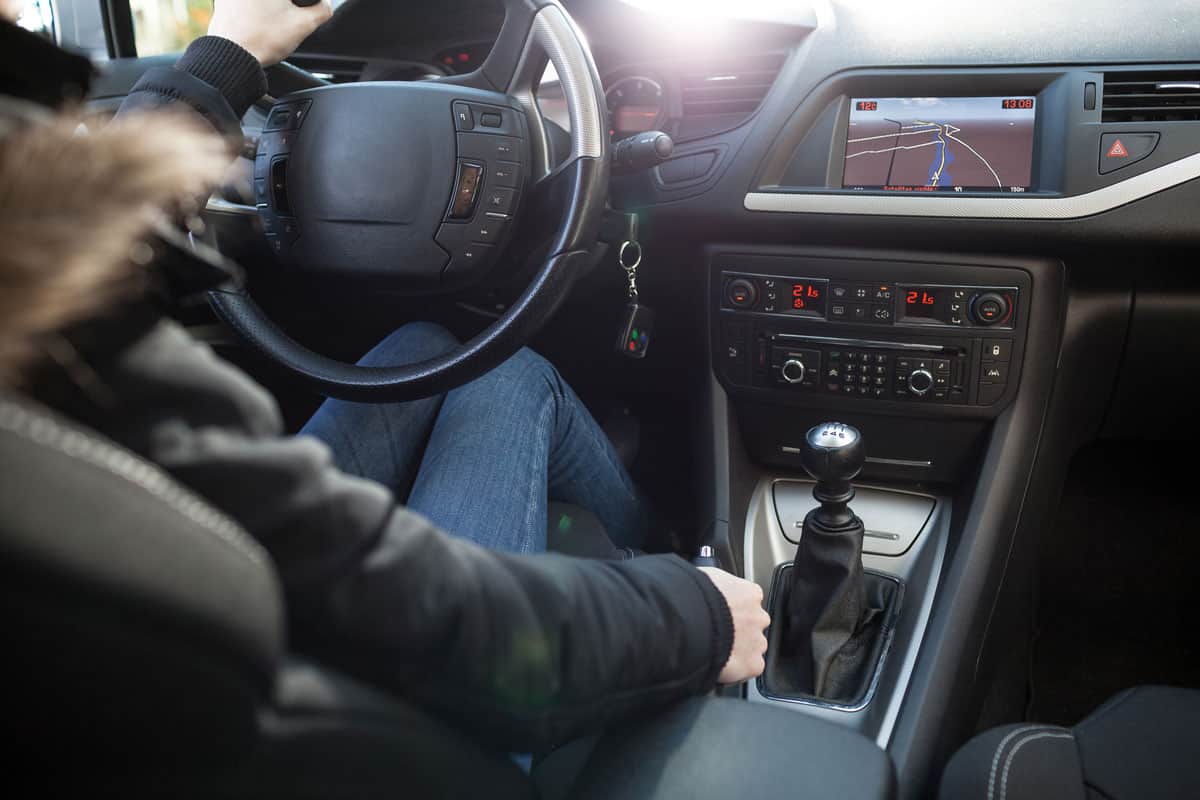Many people are conflicted about whether they should back their car into the garage or drive it in. Usually, they are uncomfortable when backing up cars, trucks, or small SUV's because, let's face it, trying to assess what is going on behind us is very difficult. You have to flip your head back and forth to see oncoming traffic, and you feel like a pigeon moving your head almost 360 degrees in either direction. So, should you back your vehicle into the garage? We've looked into the safest, efficient parking techniques to get the answer for you.
Yes, it would be best if you backed into the garage because taking a few extra minutes to back your vehicle in will save you time and ensure your safety. Backing into the garage does take time and could provide some challenges due to objects that you may not be able to see as you are backing in. However, taking those few extra minutes to back your vehicle in will provide you a safe and timely exit from your residence.
By backing in, you can save time when leaving because you don't have to walk around your car before backing out of your garage or driveway and risk hitting something. You are already facing forward to see obstacles that may be in your way, and as a safety precaution, you can see anyone coming up to you. In some circumstances, it may be best to drive right into your garage, and in this article, we will help you decide which option is best for your situation. Keep reading to learn more!

Why is backing into a garage or covered parking stall important?
Backing into a garage or parking stall is an age-old debate. Should people be backing their cars into garages, or is it safer to just pull right in front of something and drive out? This is a question that many people have debated for years. Some experts believe backing in makes them feel safer because they view the road ahead as they back up. Others disagree, claiming this type of parking leaves their car vulnerable to scrapes and dents from other cars driving into it or nearby walls.
Which is Safer - Forward or Reverse Parking
According to one study by the American Automobile Association (AAA), people who back into their garages experience fewer accidents than those who pull in head first: "Back-in drivers were found less likely to be rear-ended or have their car sideswiped."
However, the study also found that drivers who back into their garages were more likely to have property damage or other accidents. As you can see, there are mixed reports on this topic, and it's difficult to make a final decision without first experiencing both methods of parking for yourself.
Is it dangerous to park in a garage?
Parking your car in a garage is not dangerous. There are many benefits to parking your car inside the garage, such as preventing scratches and dents that can occur from contact with other vehicles on the street or while backing out of driveways. When you park indoors, it's also easier for homeowners who live in areas with snowfall to clear their yard of snow.
Is it better to back into a garage?
Backing your car into the garage does have its advantages, such as not having to worry about hitting anything on the street when you leave and being able to see what's in front of you while driving out. One disadvantage is that backing up can take more time than pulling forward, so you may have to wait for passing cars while in reverse.
Benefits of parking your car inside a garage
There are many advantages of parking indoors rather than outside. One benefit is that it prevents scratches and other damages from contact with other vehicles on the street or when backing out of driveways. Another benefit is that you don't have to worry about blocked driveways and parking spots because of snowfall in the winter months.
Drawbacks of backing into your garage
One drawback may be that it takes more time than pulling forward, so you may end up having to wait for passing cars while reversing. Secondly, if there were a power outage, you would not be able to back out of the garage. Finally, if your garage is attached to your house, backing into it can damage or stain an exterior wall and create noise that may disturb neighbors living near you.
How long can you sit in the garage with a car running?

Often you may find yourself in the garage with your car running. In the winter months, it's not unheard of to have your car running in a garage while you are inside getting ready. If there is no one else at home and the house has CO monitors, this may be a safe thing to do. However, if you're not leaving within 30 minutes or less, the exhaust fumes from your car can become hazardous.
The EPA says that a person should not sit in an enclosed area for more than 45 minutes with carbon monoxide levels at 1,000 ppm (about one part per million). So if you're going back into the home within 30 minutes or even 15 minutes of leaving the garage, it's best to move your vehicle outside.
If you have a carbon monoxide detector in the garage, that may also be an indicator of how much time is safe for you to spend inside the vehicle or home before moving the vehicle out to open air.
The answer is it depends on how long you can sit in front of a car running in your garage and not be at risk for carbon monoxide poisoning. If that time is longer than 15 minutes, you are at risk for carbon monoxide poisoning. The National Safety Council (NSC) recommends that people should not be in a garage with the car running inside for more than 15 minutes, and if they enter or exit the garage, then they need to leave again within 30 seconds.
How much space do you need to back out of a garage?
If you're like most, the answer to this question is, "I have no idea." But it turns out that there's a formula for determining how much space you need to back out of a garage.
The average car needs about 14 feet to back out of a garage. However, some cars need more room than others. For example, if you have a truck or SUV with an extended cab with additional space behind the driver and passenger seats, it will take more than 14 feet to back your vehicle out of the garage.
If you live in the suburbs or a rural area, you may be able to back out of your garage without any assistance. But if you live in a dense urban environment like New York City, it can be difficult for one person to back out of their driveway and onto the street because there is little space between parked cars on both sides.
To be certain, use this formula as a guide:
- The first step is to measure your car's length from bumper to bumper and then multiply that by two. In other words, if your car measures 18 feet long, the minimum required width for reversing would be 36 feet (18 x 2).
- Most garages are wider than this, so it should not be an issue. If you do happen to live in a narrow-quarters house or condo with less than 12 feet or 24 inches between the sidewalls and garage door opener, take note of where any low-hanging tree branches are located.
- If the tree branches are within two feet of either sidewall, they will be in your way when you back up, and you should consider a different parking space or another house with larger garage doors.
- If possible, back into the driveway to avoid any potential damage to the car's front bumper from an impact on objects such as trash cans or a telephone pole.
- If this is not possible, it's better to back into the garage than forwards because there is less risk of hitting any objects that are behind your car when backing up.
- Backing out of the driveway onto the street will expose you to oncoming traffic and so be careful while doing so.
In Closing

A final word on backing up in general: There are many benefits for backing up. You'll save time, avoid weather-related delays and stay safe being able to view your surroundings. But remember that backing up is dangerous if you do not follow these tips:
- Use your rearview mirror to see what's behind you
- Plan for at least two or three extra seconds when reversing so as not to be rushed by oncoming traffic
- Don't drive too close to the car ahead of you, as this will obscure your vision
- Start by driving forwards, then reverse when there's enough room. This way, if someone suddenly appears in front of you while you're reversing, they'll see that you are not trying to park head-on into them and stop
- Always check your rear-view mirror and look for oncoming traffic before you reverse.
For more tips on backing your vehicle, check out our related articles:
